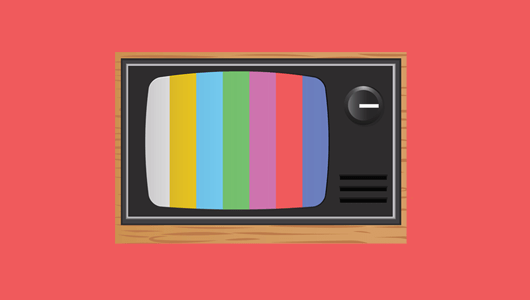TV, CTV now the ‘biggest single channel’ of advertising for alcohol delivery service Drizly

Linear and connected TV is now “the biggest single channel” that Drizly is investing its advertising dollars in, according to CMO Scott Braun. The alcohol delivery service isn’t simply focused on boosting brand awareness but on taking a “branded response” approach to advertising on TV and CTV.
“We don’t expect it to pay back in days like paid search might but we’re not letting TV off the hook entirely,” said Braun of the company’s TV and CTV strategy which keeps a close eye on sales metrics. “We are trying to understand what the return on investment is from TV not just in terms of awareness but what are we actually driving for the bottom line from TV. It might take 28 or even 60 days [to know the ROI.]”
In previous years, Drizly’s advertising focus was mainly on paid search and paid social with measurement in mind. As the privacy landscape has changed, especially over the last year, the company began to test out other channels like TV and podcasts. After seeing promising results on TV and CTV (Drizly did not specify what those results were), the company has moved more ad dollars there.
It’s unclear how much Drizly now spends exactly on TV and CTV as Braun declined to share specifics. However, Braun did say that TV, CTV and paid social combined now make up roughly 70% of Drizly’s media budget allocations. The other 30% of Drizly’s media budget is dedicated to paid search, affiliate marketing, display and a smattering of other channels.
In 2020, Drizly spent $11.8 million on media, up from $2.4 million in 2019, according to Kantar. In the first quarter of 2021, Drizly spent $2.5 million on media. In the second quarter of 2021, the company spent $2.8 million on media. Those figures don’t include what Drizly spent on social channels as Kantar doesn’t track social spending.
Drizly isn’t alone in increasing its investment in TV and CTV in recent years. Brands like 7-Eleven and Monster.com have made returns to TV advertising after reevaluating the value of being on TV. DTC brands meanwhile have been moving beyond the old DTC playbook of Facebook and Instagram to TV, using the channel to boost brand awareness and add legitimacy to their brands.
DTC brands using more traditional advertising mediums to establish legitimacy is another known strategy, noted Duane Brown, founder of performance marketing agency Take Some Risk. “DTC brands used to fawn all over billboards and out-of-home a couple of years ago,” said Brown. “Now they seem to love TV.”
While the strategy is used by myriad brands, Brown questions the ability to measure success for brands with niche audiences. “I can see the appeal for mass products,” said Brown. “Otherwise you are going to have to be like a sniper and really pick the channels and shows where your ad shows up.”
The mass appeal of a alcohol delivery service like Drizly then, which saw a boom due to the pandemic, will likely help the brand as it leans more into TV and CTV.
As Drizly leans on TV and CTV, the brand has been doing a “tightrope of branded response” advertising copy for its spots, noted Braun. “It’s easy to imagine a very lifestyle driven spot, given the category we play in. At the same time, it’s easy to do a direct response one on benefits and functions of the app. [But focusing on just] one or the other would be a lost opportunity.”
More in Marketing

With the rise of the chief AI officer, it’s time to examine ‘czar’ culture
Even if it’s a familiar pattern — hot new thing, new C-Suite exec to tackle said thing, a few years go by and that C-Suite position no longer exists as everyone is now doing said thing (or it was a fad that has since faded away) — does it make sense for businesses to continue to appoint new czars with every new trend?

Why Cava’s bid for brand awareness means prioritizing streaming ads
Fast-casual restaurant chain Cava has been in growth mode over the past year and is leaning into streaming ads in an effort to boost brand awareness.

A history of middle manager stress: The Return podcast, season 3, episode 1
In episode one, McKinsey partner Emily Field tells us more about why middle management is critically important to the workforce.








